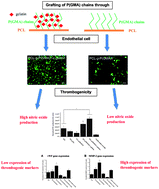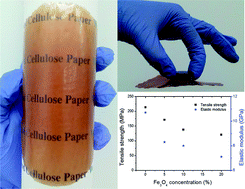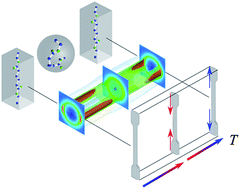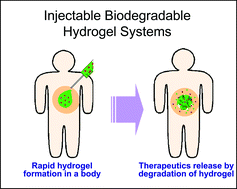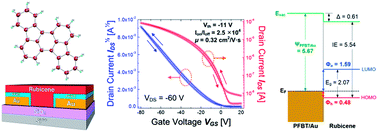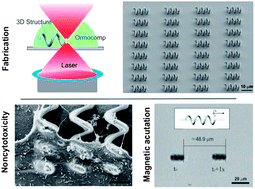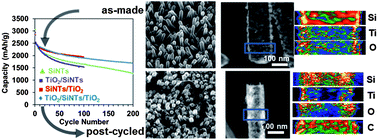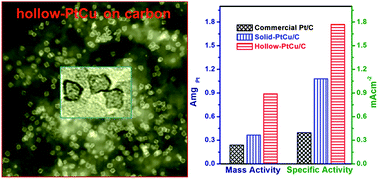“Wonder material” they called it when it was discovered last decade and it started to be center of attention from 2010. To understand the reasoning behind calling graphene a wonder material, one need not be a rocket scientist. The beauty of this material is so conspicuous that it can fascinate anybody on the globe. Graphene is one the few materials in existence which is very thin, conductive, transparent and flexible at the same time. The wonder of this material’s thinness is so intriguing, that according to scientists, just ounce of graphene could cover 28 football fields. Only a single atom thick, Graphene could take electronics to the next level with much thinner, faster and cheaper components compared to the current silicon based electronics.
We all know the saying nothing is perfect, however researchers all over the globe are claiming that Graphene may not be perfect but it is close to perfect. The major challenges for making Graphene a game changer in electronics are control over chemical and physical properties by chemical functionalization and processing them upon up-scalable approaches.
Graphene-organic composites for electronics: optical and electronic interactions in vacuum, liquids and thin solid films
A. Schlierf, P. Samori and V. Palermo
J. Mater. Chem. C, 2014, 2, 3129-3143. DOI:10.1039/C3TC32153C
Padmanabh Joshi is a guest web writer for the Journal of Materials Chemistry blog. He currently works at the Department of Chemistry, University of Cincinnati.
To keep up-to-date with all the latest research, sign-up to our RSS feed or Table of contents alert.












